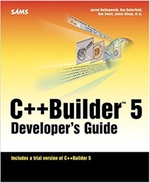Embedding Notist slides
This site uses WordPress under the hood as I find the flexibility that a good CMS provides quite useful. For the talks section, I use a custom post type so that I can set additional properties on the post and customise the display. With my usual lack of imagination, my custom post type is called talk. When Notist was released, I've been uploading the PDFs for my presentations there so that I have a nicely… continue reading.


